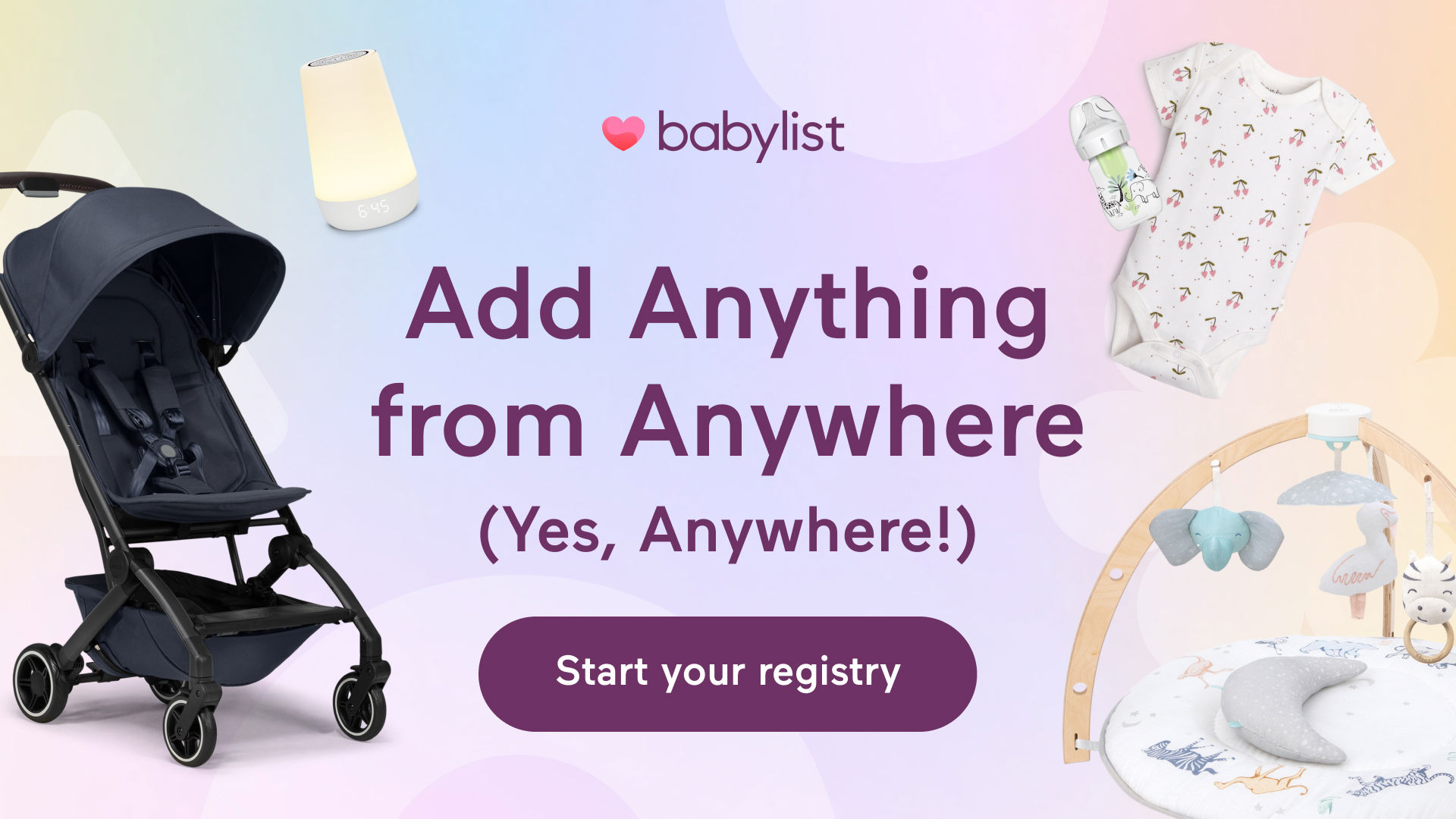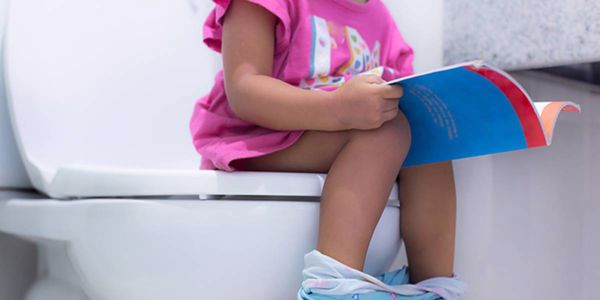There have been leaps and strides in the field of sensory development in recent years, and the findings are undeniable — the benefits of sensory toys are significant when it comes to brain and motor skill development. This is especially true for those who may require additional sensory input, such as individuals with ADHD, those on the autism spectrum, or those struggling with anxiety. However, there’s much more to sensory toys, and the benefits of toys that stimulate the senses are more wide-sweeping than we may have realized historically.
Who Can Benefit from Sensory Toys?
Anyone and everyone can find some sort of benefit from sensory toys! While initially marketed to children, the advent of fidget spinners prompted interest from many teens and adults who found the small toys centering as they worked to focus and emotionally regulate. This, in turn, spawned all varieties of “fidgets,” which are essentially sensory toys providing some sort of sensory input, particularly through touch, sound, and visual stimulation, but occasionally through smell and/or taste as well.

What Is The Purpose of Sensory Toys?
The purpose of sensory toys is a relatively wide-cast net. Some individuals find comfort in a subtle yet constant flow of sensory input that can ground the nervous system and calm nerves while promoting concentration. Children and babies, in particular, may benefit as sensory toys can help them learn to interact with the world around them as their brains develop synapses at a rapid pace.
However, not all sensory toys are created equal! We’ve rounded up some of the most helpful hints and examples for stocking up on sensory toys in your house. This list is by no means extensive, just a launch pad for an endless supply of sensory opportunities you will begin to recognize and utilize all around once you know what to look for!
(Note: links are not endorsed and are given to provide inspiration only.)
Beyond The Rattle: Examples of Sensory Toys
Rattles
The baby rattle is perhaps one of the best-known examples of a sensory toy. What was once a simple noise maker has developed into a wide variety of colors, shapes, noises, textures, and sounds. Babies have long been associated with their appreciation for sensory input, but what was once believed to be simply entertaining or soothing is now understood to be a critical part of ongoing human development and the need for a connection with the world around them.
Things to Consider:
- Rattles that double as teething toys can provide extra stimulation as well as some comfort for those teething babies who crave some relief.
- Look for variety in your rattle shopping. You want to find a wide selection of different shapes, sizes, colors, and sounds.
- Battery-operated toys are hit-or-miss in this area. Consider whether or not lights, sounds, or music are adding to the toy’s value. Sometimes less is more, and having a child actively being the one involved in making the toy behave a certain way rather than just pushing a button and watching may be more valuable.
Examples we love:
- Sensory ball, fine motor skills, and teether
- Bite bug rattle and crinkle toy
- Skip-hop multi-sensory rattle
Water Toys
Water and bath toys come in many varieties to choose from, but when attempting to increase sensory input, look for those that provide multiple forms of input/output. For example, give children the opportunity to pour and collect water, see the water create motion through moving or floating parts, and feel water exit through both large and small openings for a variety of pressures.
Things to consider:
- Experiment with both warm and cool water.
- Add a little food coloring to see the motion of water more clearly.
- Small amounts of essential oil or flavoring extracts can be used to scent the water and transform the experience.
- Themed baths have become popular recently, with ideas flooding blogs and social media. These include things like glow-in-the-dark baths or holiday-themed baths, and many of these incorporate a whole-package sensory experience.
Examples we love:
Sensory Bins
Sensory bins are a trendy phenomenon that has been sweeping the web, preschools, and the homes of toddlers across the globe. The idea is to collect a variety of different items (usually themed) to stimulate the senses and put them into a bin for the child to explore.
Things to consider:
- Sensory bins can be as simple or intricate as you’d like. More details mean more exploration, but fewer details can mean more deep exploration.
- Look around your home for items that can be used for a DIY sensory bin. Dried noodles in a casserole dish, marbles in a pie tin, the options are endless!
- Mini sensory bins can be made in pencil boxes or other small containers for on-the-go exploration in the car, at restaurants, or when you have some free time away from home.
- If possible, go big! At-home ball pits are more affordable than you might think, as are kiddie pools, sandboxes, and water tables. Any time your child can fully immerse themselves in the sensory experience, it is beneficial!
Examples we love:
Creative Supplies
Crafts and art supplies are toys that aren’t technically “toys.” While many adults unfortunately grow out of their confidence in creating art, inspiring your child to create and explore freely will help them grow and develop into well-rounded adults. The benefits of art and creation are well established, so adding some sensory factors here can only add to the goodness of that experience!
Things to consider:
- Recognize and honor your own triggers and limits when it comes to creative supplies. Some caregivers have little to no tolerance for the mess that inevitably ensues when children are given free rein over messy items like paint, glue, or glitter. If you are continually stressed or upset, any benefits your child may have experienced will quickly be negated.
- Find a system that promotes easy clean-up. This can look like only having a limited number of supplies or using only one supply at any given time. Children can still thrive and be creative with healthy boundaries. In fact, having set parameters can further inspire ingenuity!
- Look for supplies that provide a variety of tactile or visual input. Even scents can be powerful here. (The smell of Play-Doh or crayons, anyone?) Select a range of textures and colors for the best effect.
- Consider things you already have on hand and new ways that can be used or explored. For example, you can increase sensory input by using edible cookie dough in place of Play-Doh or chocolate pudding in place of finger paints. Or, items such as feathers, twigs, or forks can be used to paint for different textures and experiences.
Examples we love:






